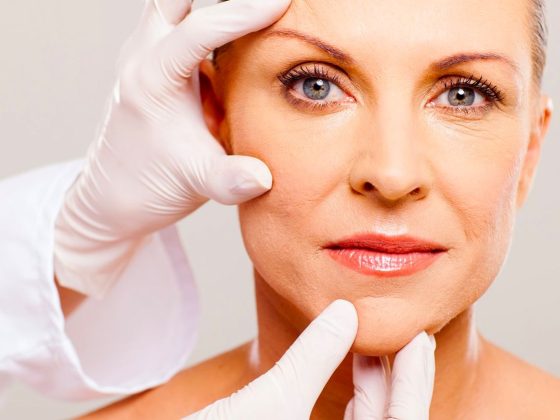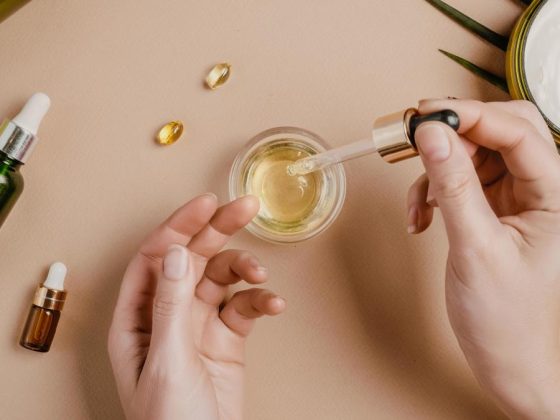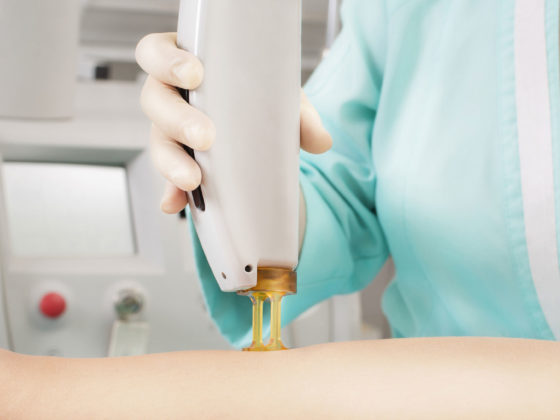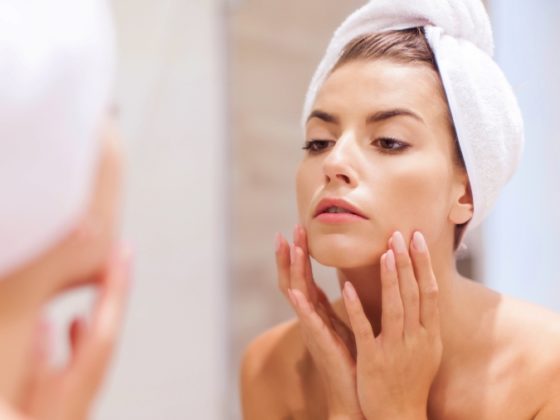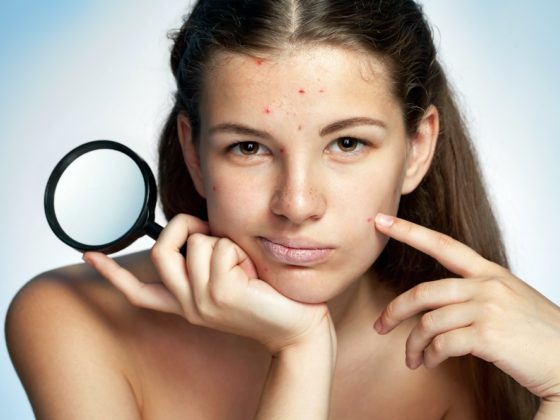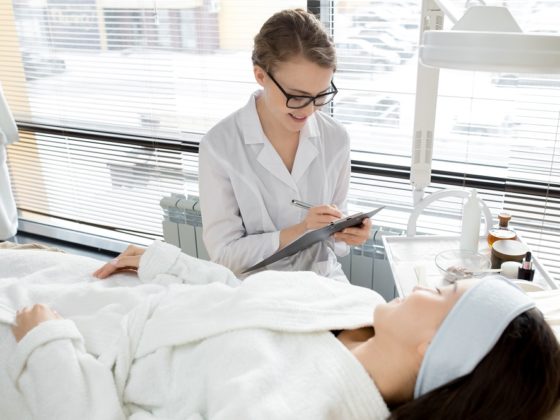Achieving beautiful, healthy skin is not a sprint, but a marathon, and estheticians are there to help clients effectively navigate their way to the finish line.
Creating a road map for a journey where the final destination is radiant, rejuvenated skin requires a few essential stops along the way. What are these stops and how do you get clients on board to ensure they stay the course? It involves diving below the surface to get to know your clients and gain a deeper understanding of their skin, setting them up with a proper foundation of home care, and creating an individualized, ongoing treatment plan.
The Consultation
The first, and most important, step in creating your client road map is the consultation. This will set the journey into motion. You have to know your clients— especially their motivation and what they want to change about their skin. This piece is essential. If you don’t know the destination, how can you figure out the best way to get there?
The consultation should include questions you ask the client verbally, beyond what you note on your intake questionnaire. Having a real conversation allows you to connect on a deeper level, as well as provide tips and input based on the client’s responses.
In a one-on-one conversation, you will also likely uncover pertinent details that people don’t necessarily mention on a written questionnaire, such as:
- How much sleep they get
- Their nutritional habits and water intake
- Exercise frequency and type
- Whether they smoke
- Social pastimes and relationship status
- Career path and level of stress
This all impacts the skin, and understanding a client’s daily lifestyle will also give you an idea of how compliant she will be if you venture into a corrective program. You will also want to know her current skin care regiment and products. Once you’ve gotten to know your client, you can begin to build a foundation for educating her about the skin care recommendations you will make.
Related: Skin Care Solutions for Teenagers & Acne-Prone Clients
Basic Skincare Education
You will want to spend some time educating your clients on the fundamentals of good skin care. That begins with a proper cleansing technique. This may seem rudimentary and unnecessary, but in my 35-plus years in this industry, I’ve discovered nearly 90 percent of people undercleanse and overmoisturize, piling ingredients on the skin.
Proper cleansing sets the tone for any skin care regimen. Cleanser needs to be massaged into the skin, giving it a chance to work into the pores and soften residue, and soaking is essential (similar to a dishpan with baked-on debris). Skimping on this process can cause buildup in the pores, which means even the most powerful serums, gels, and moisturizers will be ineffective. When I had my practice, I would have every client wash their face at my sink so I could see the way they do it at home. I would then show them my cleansing technique.
In my opinion, these are the essential cleansing steps every client should know:
- Always cleanse at night. Some clients may also need to cleanse in the morning, while others can simply rinse in the morning.
- Smooth a small amount of cleanser onto the face, neck, and décolleté.
- Massage the cleanser into the skin for 1–2 minutes.
- Beginning with the eyes and using light pressure, remove cleanser with warm water and a soft, white cotton cloth or gauze.
- Rinse the cloth and wipe the skin again. No dirt or makeup should appear on the cloth this time.
- An additional exfoliating cleanser may be needed for some skins.
Once you’ve got this fundamental step covered, you can assess the client’s skin. The skin assessment you perform will unveil specific issues: acne, aging, dryness, excess oil, hyperpigmentation, rosacea sensitivity, or others. This is also when you will conduct a patch test for any product sensitivities and review any other necessary guidelines for the treatments you have in mind—for example, the Fitzpatrick classification to determine how the client might respond to chemical peeling, or the Glogau classification to determine the severity of photodamage.
Professional Skin Treatments
The treatment room is where art and science come together, and the possibilities are nearly endless. The treatments you recommend for your client will depend on her skin, the desired results, and her short-term and long-term goals. The key is customization based on the individual.
Your plan might include facials that offer deep cleansing and balanced hydration, or a more corrective approach in which you target very specific skin issues such as acne, discoloration from lesions, enlarged pores, epidermal pigmentation, exposed capillaries, photoaging, rosacea, or sluggish circulation. There are near-endless ways in which to customize advanced treatments, and the only way to learn which will be most effective for your client is to combine a thorough understanding of the skin with the proper training in advanced ingredients and techniques.
Here are a few examples of ingredients and techniques that work well together:
- Microdermabrasion may be enhanced using ingredients that aim to lighten and gently retexturize the skin, like L-arbutin, L-arginine, kojic acid, and L-mandelic acid. It may also be intensified with combinations of bromelain enzyme, L-lactic acid, papain enzyme, and salicylic acid, which further exfoliate and support tissue regeneration.
- Epidermal leveling (dermaplanning) in combination with glycolic acid, retinols, and salicylic acid will accelerate exfoliation.
- LED therapy and microcurrent work wonders with ingredients that aim to nourish and hydrate the skin.
- Enhance microneedling results using amino acids, hyaluronic serums, and stem cells. Essential fatty acids and anti-inflammatories, used during or after treatment, will also support optimal results and healing.
- Alpha and beta hydroxy acids (AHAs and BHAs), enzymes, trichloroacetic acid (TCA), and retinols typically are good pre-treatments before a peel, and enhance the results. Soothing anti-inflammatories and wound-repair topicals—such as amino acids, arnica, and epidermal growth factors—speed the recovery time when used in the post-treatment process.
Continuing Home Care
Home care bookends all of the amazing work you do in the treatment room. It’s the final stop on the healthy skin road map. Focus on three key areas: cleanse, nourish, and protect. Products and regimens will vary by client, but be sure to outline both a morning and evening regimen you know the client will be able to follow. A proper daily skincare regimen has long-term impact on the quality of skin. This will support the work you are doing in the treatment room.
Keep in mind this road map will only be effective if you have full commitment from your clients. Get them excited about the journey to skin health. To do so, you might consider creating a themed program such as a globetrotter or passport series in which you log their journey and successes. Include a “before” photo on the passport and then a new photo 90–180 days into their treatment plan. Mark progress or treatments with stamps, and get creative with treatment names, possibly naming them after specific destinations. The journey to skin health will enlist the full participation of your clients. Be excited about the possibilities, and excite and inspire them. Let them know the goal is not a quick fix, but creating a lifetime of good skin care—a map that becomes part of their lifestyle, and is an enjoyable and rejuvenating experience in itself.
References:
- Ananthapadmanabhan, K. P., Moore, D. J., Subramanyan, K., Misra, M., & Meyer, F. R. A. N. K. (2004). Cleansing without compromise: the impact of cleansers on the skin barrier and the technology of mild cleansing. Dermatologic therapy, 17, 16-25.
- Rodan, K., Fields, K., Majewski, G., & Falla, T. (2016). Skincare bootcamp: the evolving role of skincare. Plastic and Reconstructive Surgery Global Open, 4(12 Suppl).

